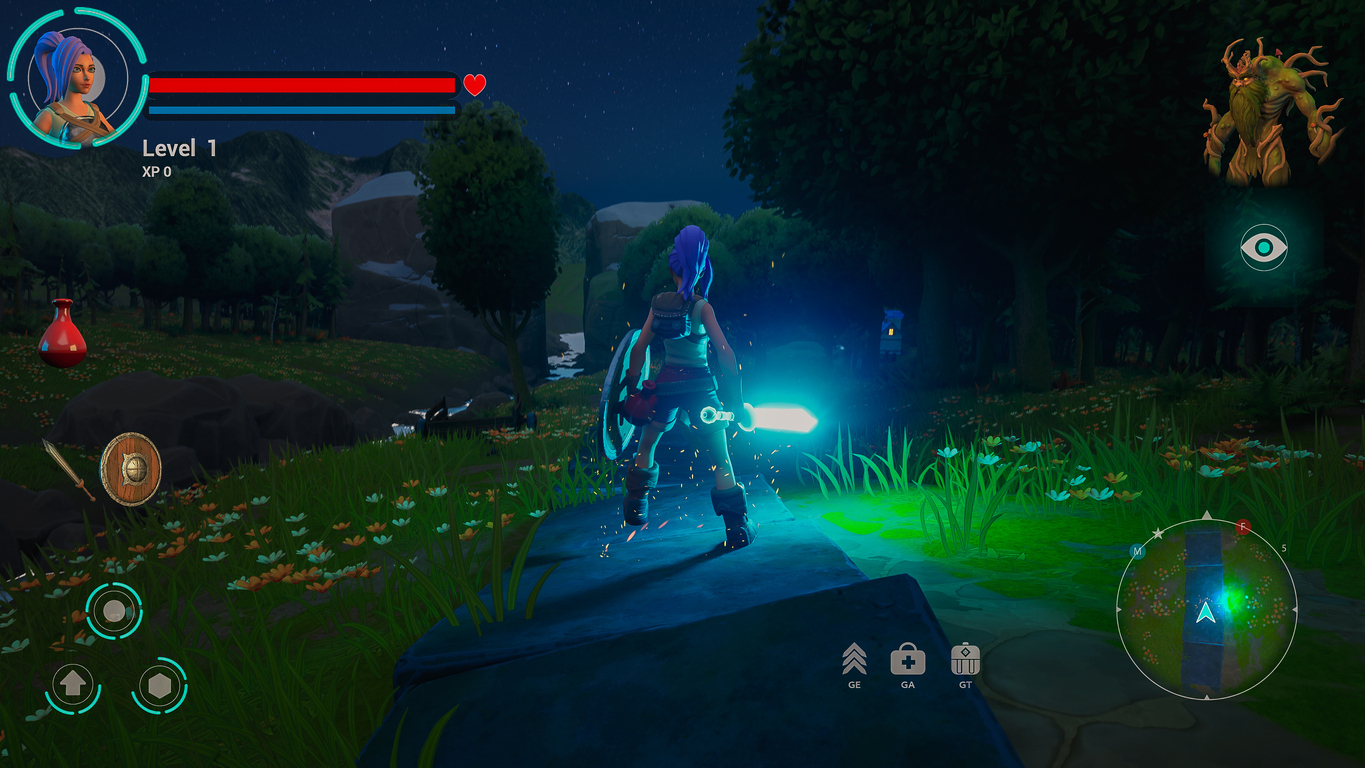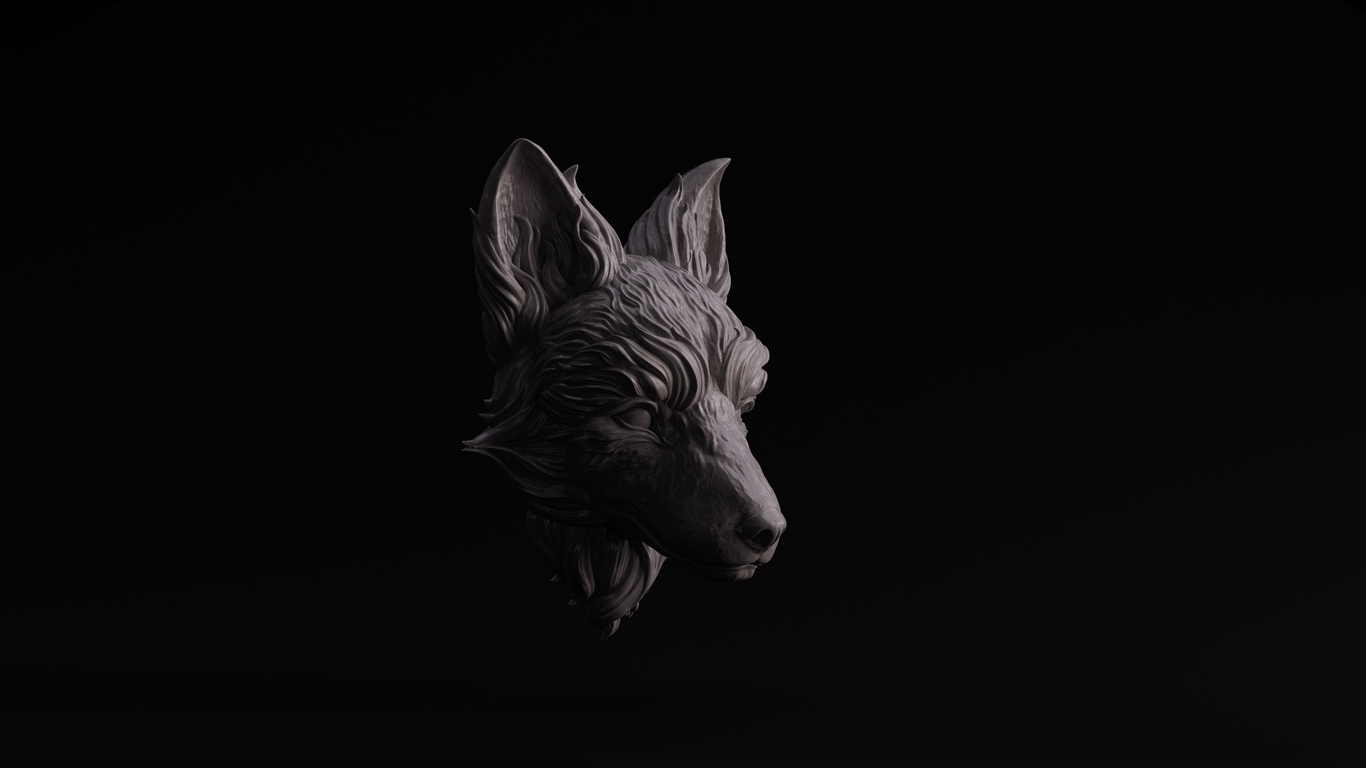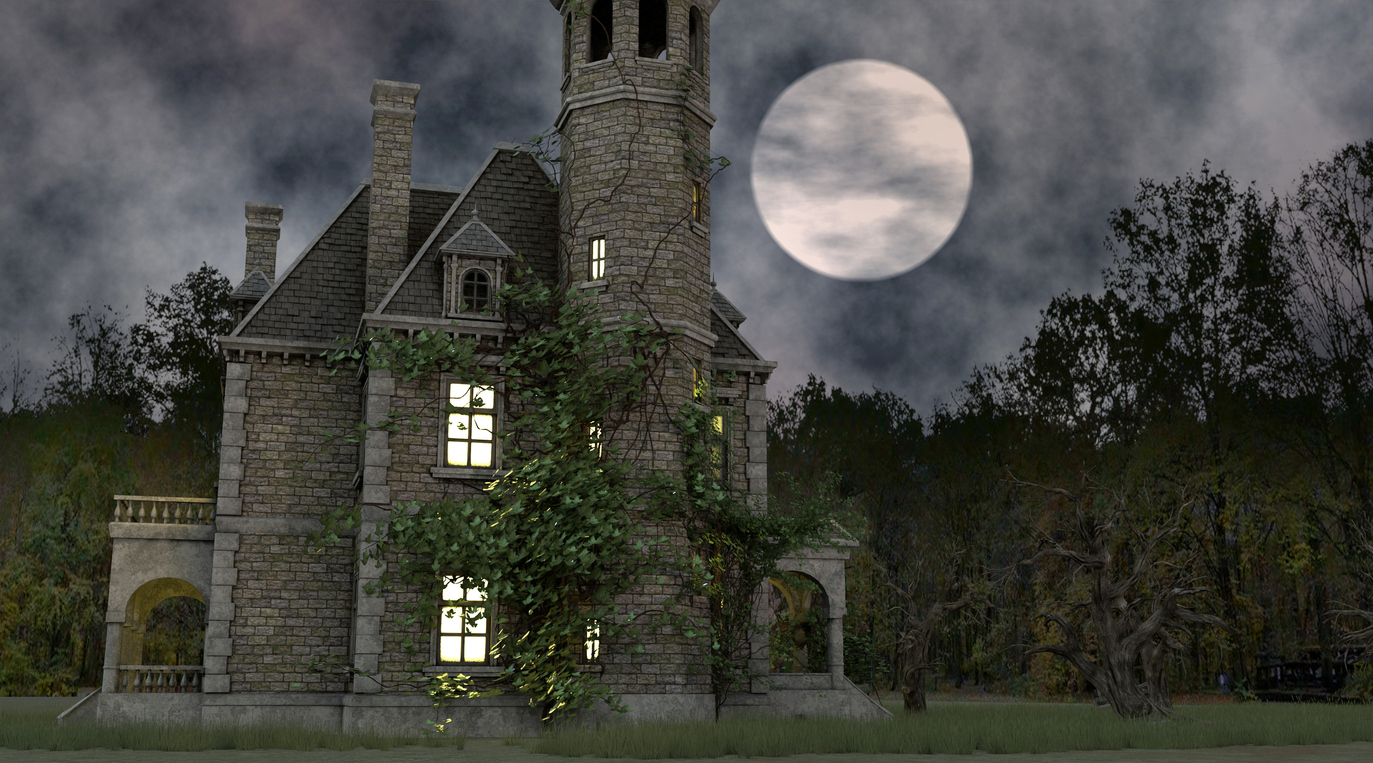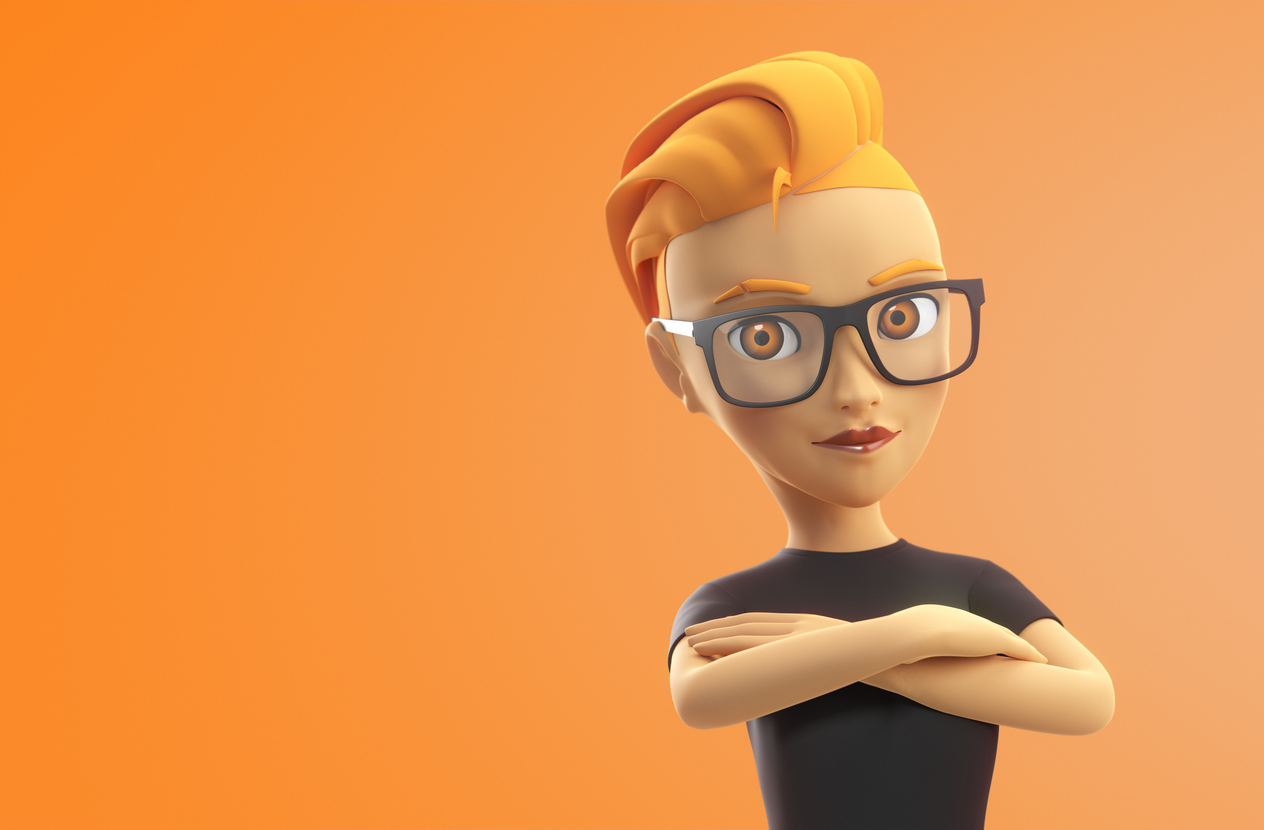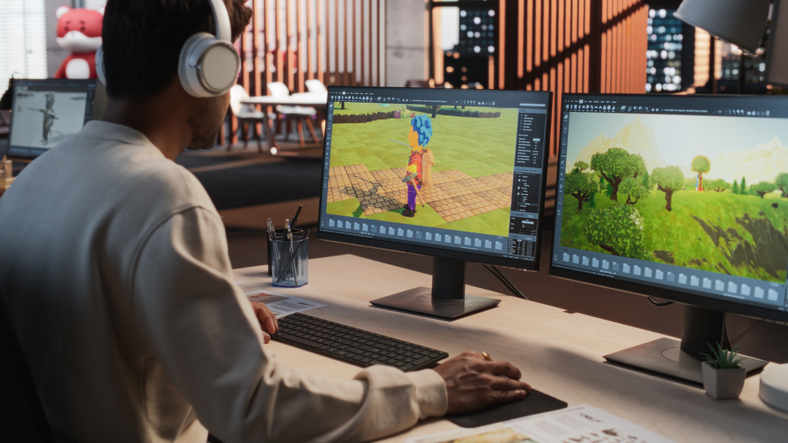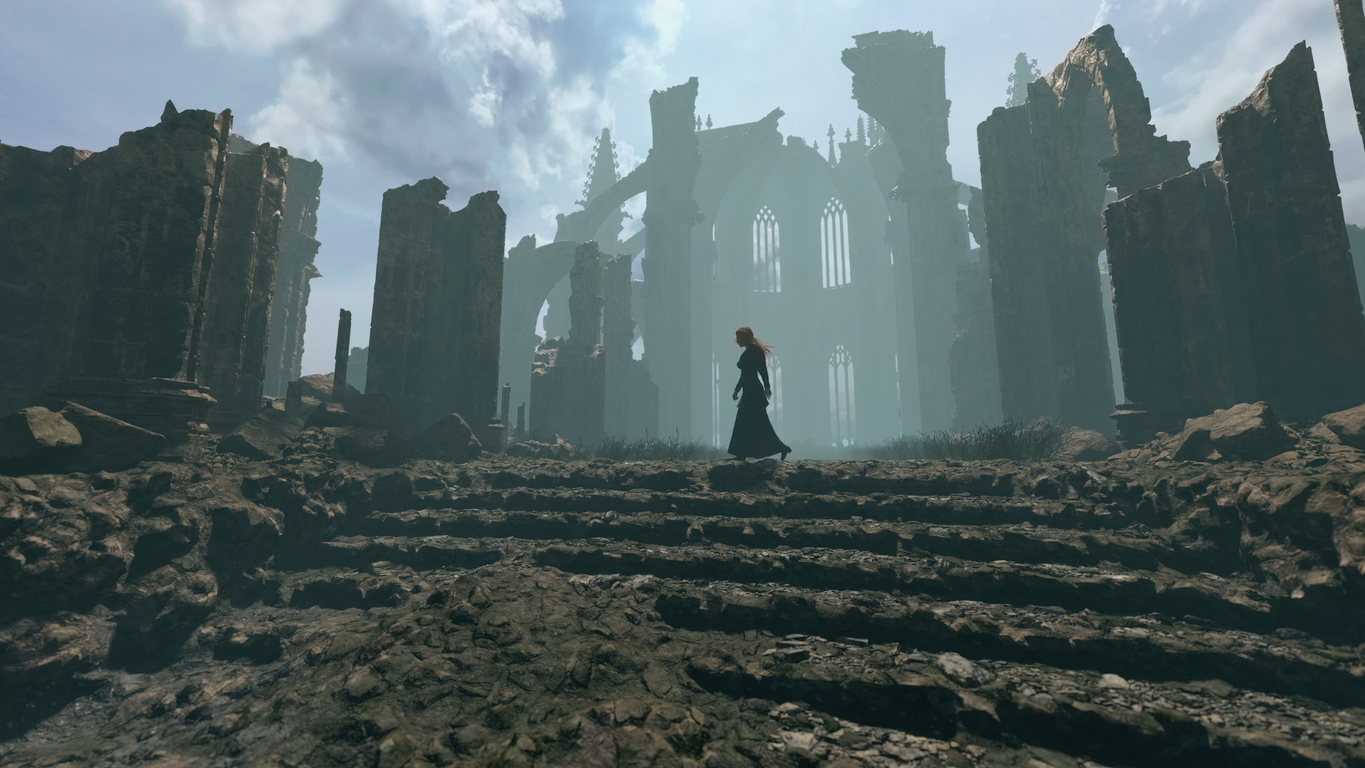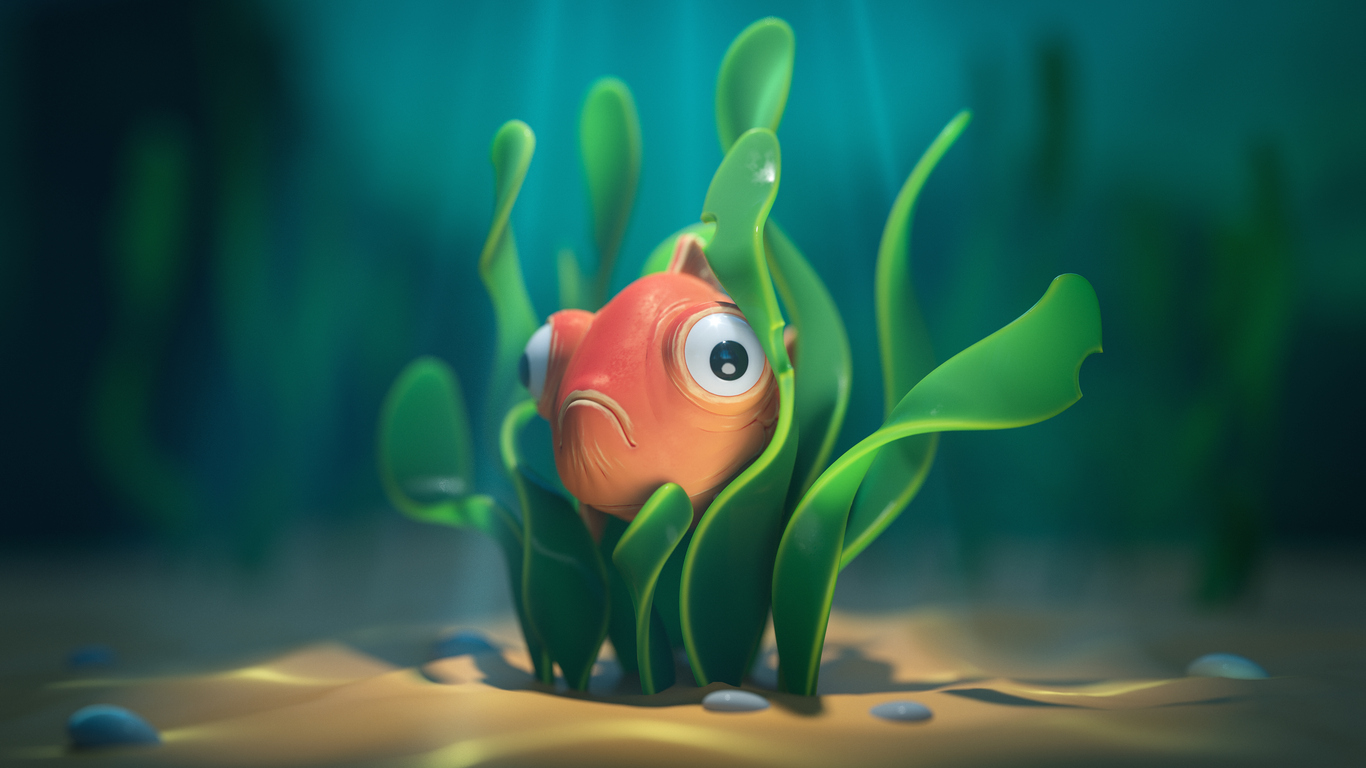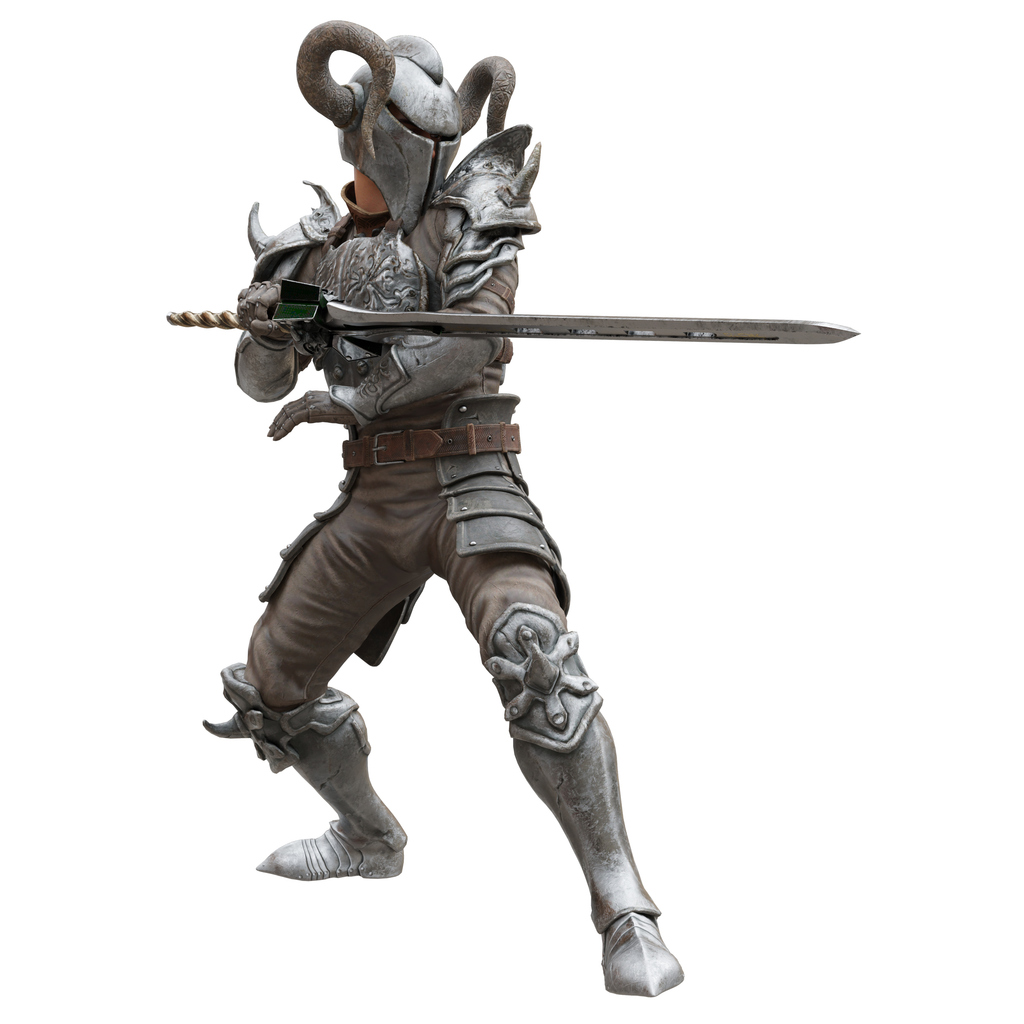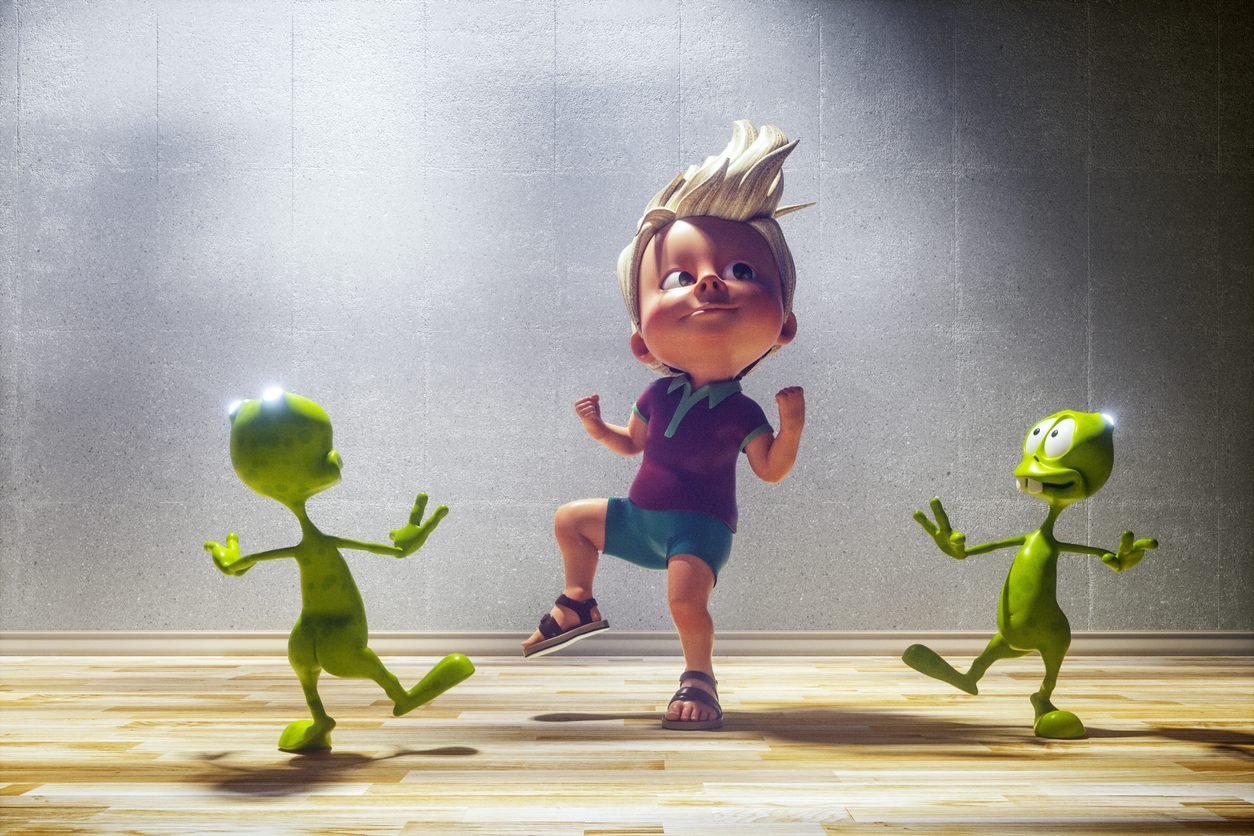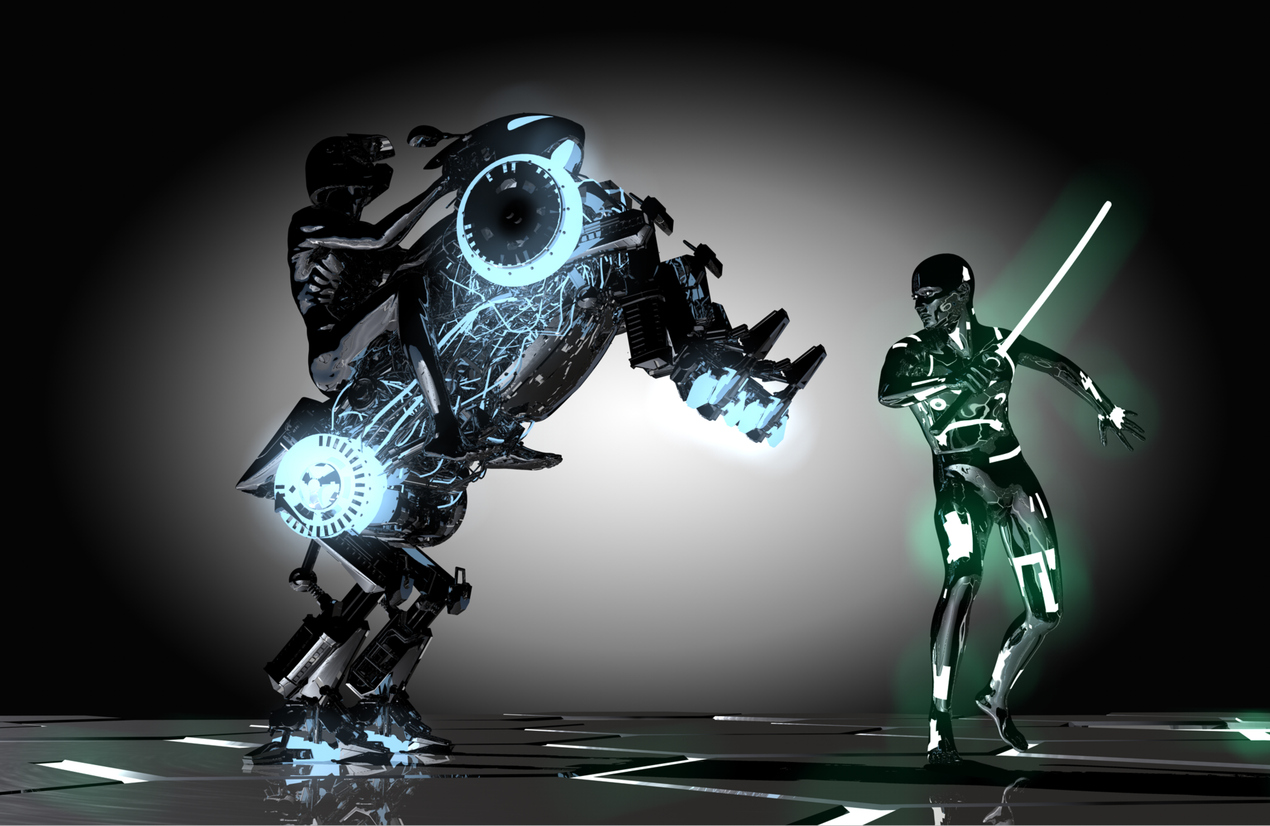Have you ever noticed how convincingly real the cobblestones, tree bark or metallic surfaces in your favourite video game appear? Much of that realism comes from tools like Substance Designer, which lets artists build custom textures from scratch. If you’re curious about crafting your own game materials or pursuing a career in game art, learning how to use Substance Designer for beginners is an excellent place to start.
Substance Designer is a procedural, node based texturing tool. Rather than layering brushes as you might in Photoshop, you connect nodes that generate shapes, apply noise and blend colours. Every node is non destructive, so adjusting an early parameter updates the entire material. It differs from Substance Painter, which is used to apply textures to 3D models. Designer has a steeper learning curve, but the payoff is total control over how your surfaces look and behave.
Why Game Developers Use Substance Designer?
There are several reasons this software has become standard in game production:
- Procedural flexibility: Small parameter tweaks can produce entirely new material variations.
- Industry alignment: AAA and indie studios rely on procedural materials for consistency and efficiency.
- Realistic PBR workflow: Designer outputs Base Color, Roughness, Normal, Height and Metallic maps, ensuring materials respond to light realistically.
- Non destructive editing: You can rearrange or tweak nodes at any time without breaking your work.
- Smooth integration: Designer’s outputs move easily into Painter, Maya and major engines like Unity and Unreal.
How to Use Substance Designer for Beginners?
The best way to grasp Substance Designer is to make a material yourself. Use this overview as a roadmap:
1. Set Up Your Project
Create a new graph with a resolution such as 1024×1024 and add output nodes for each map. For a neutral starting point, plug light and dark grey Uniform Color nodes into your Base Color and Roughness outputs.
2. Gather Reference Images
Browse photos of the material you want to recreate, weathered bricks, marble tiles or tree bark. Pay attention to pattern size, colour variations and signs of wear. Reference images guide your decisions and help you match reality.
3. Build the Height Map
4. Scatter Patterns with Tile Sampler
-
Many surfaces repeat across a plane. The Tile Sampler node scatters shapes across the texture with adjustable quantity, scale and rotation. For circular patterns, try Splatter Circular. For small unique items, manual placement works.
5. Generate Colour and Roughness
6. Add Micro Details
-
To make your surface feel organic, blend in grunge textures with Directional Warp. Overlay coloured noise at low opacity for subtle colour shifts. Use Curve nodes for precise bevels. Randomly rotate elements to break patterns. For natural touches like moss or vines, start with simple shapes and scatter them.
7. Export and Test
Helpful Tips
- Keep things tidy: Group related nodes into frames and label them.
- Use references throughout: Regular comparisons help you stay on track.
- Save custom workflows: Convert useful networks into reusable nodes.
- Practise often: The node-based approach takes time to master.
- Control noise: Too much detail can overwhelm the material.
- Break repetition: Rotate elements and randomise seeds.
- Seek feedback: Sharing your work accelerates improvement.
How VCAD Can Help You Learn?
While tutorials and practice are invaluable, formal training provides structure and guidance. VCAD Game Development and Design Diploma is a 72-week online program that teaches both artistic and technical skills. You’ll work with industry standard tools like Maya, Unreal Engine, ZBrush, Substance Designer and Substance Painter, Python, Photoshop and After Effects.
Skills Beyond Software
The diploma covers more than just tools. You’ll learn:
- Game theory and storytelling
- Character design and modelling
- Environment and level design
- Animation and production pipelines
- Portfolio development
By graduation, you’ll have a professional portfolio that showcases your strengths.
Who It’s For
This program suits people who love video games and want to build them. It’s ideal for creative storytellers, tech enthusiasts keen to master new software, and visionaries eager to bring their own ideas to life. Additionally, Hollywood expert, Gil Nam Choi, joined VCAD as the new head of media programs. It’s a brand-new vibe for our students, also, a great opportunity to learn industry insights directly from him.
Final Thoughts
Substance Designer is a versatile tool that lets you create rich, believable materials for games. By following a simple workflow, setting up a graph, researching your subject, building a height map, scattering patterns, adding colour and details, then testing, you’ll gain confidence with the software. Keep practising and exploring, and you’ll be surprised at how quickly your skills grow.
If you’re ready to turn your passion into a profession, VCAD Game Development and Design Diploma can help. You’ll learn how to use Substance Designer for beginners, master other essential tools, and develop the storytelling and design skills that make great games. Start creating, start learning, and bring your own worlds to life.
